Valve Index VR Headset: 1440×1600 per Eye and 120/144 Hz LCDs
by Anton Shilov on May 2, 2019 9:00 AM EST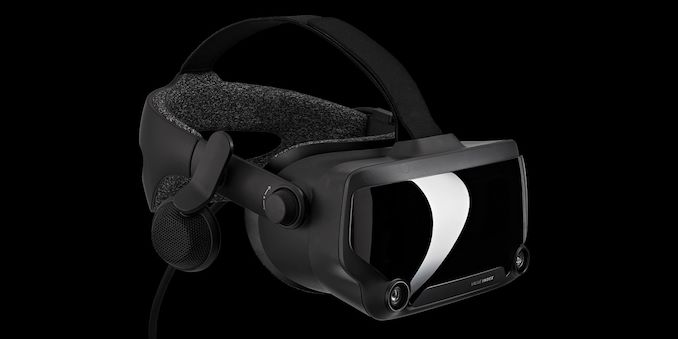
Valve this week started to take pre-orders on its next-generation Index VR headset that was developed entirely in-house. The product significantly improves all the capabilities of the HTC Vive (the first Steam VR headset) when it comes to screen quality, controllers, ergonomics, and tracking (according to the developer).
One of the key part of every VR headset is its display subsystem. The Valve Index is equipped with two LCD screens featuring a 1440×1600 resolution per eye (2880×1600 combined resolution), an up to 120 Hz refresh rate (as well as 144 Hz in overclocked mode), and an expanded field of view of around 130°. The screens are equipped with new optics featuring adjustable dual element canted lenses that ensure optical sharpness across the entire surface and enable users to look around using their eyes, not only the head. The optics also feature interpupillary distance and lens-eye distance adjustments to ensure the maximum viewing comfort.
When it comes to audio subsystem of the Valve Index, it has two nearfield off-ear speakers that feature accurate spatial positioning, yet do not touch ears. This is designed to ensure that users will not get as tired when using the headset and will still hear what is going around them. The headset also features a 3.5-mm headphone jack for those who prefer their own headphones.
Unlike other advanced contemporary VR headsets, the Valve Index continues to use external trackers. The SteamVR Tracking 2.0 system relies on two or four base stations featuring laser tracking that are said to be more reliable, more energy efficient, and cheaper to produce. Valve says that when using four trackers, gamers will be able to enjoy play areas of up to 10×10 meters. It remains to be seen whether such play areas are practical with a tethered headset, however. It is noteworthy that owners of the original HTC Vive will be able to use their base stations with the Index VR headset, but the reverse is not true: the new trackers can only be used with the new Index headset.
In addition to the new tracking system, Valve’s Index VR also comes with all-new controllers. The new controllers can track not only the position in space, but also all five fingers (a consumer industry first), allowing to grab and throw virtual objects. Obviously, to take advantage of the new feature, support from games is required. The Index Controllers also feature a small joystick, a tiny touchpad, two buttons, an analog trigger, a system button, a strap, and a Micro USB port for charging (Ian: a what??). Valve believes that its controller can live for about seven hours on one charge, but everything naturally depends on the actual use.
Last but not least, Valve says that its new head strap that features a rear strap knob, a top strap adjustment, as well as an overall better ergonomics than competing HMDs.
Valve’s Index VR headset uses a DisplayPort 1.2 and a USB port to connect to PC. When USB 3.0 connection is used, it will be possible to access camera’s pass-through mode for AR applications. Meanwhile, the HMD also has a VirtualLink interface support that can handle both display and USB data through a single USB Type-C cable.
Valve is taking pre-orders on its Index VR headset now with plans to ship the units in June. The whole package containing the HMD, controllers, and base stations costs $999. Alternatively, it is possible to get the HMD with controllers for $749, only the headset for $499, only the controllers for $279, and a pair of base stations for $299.


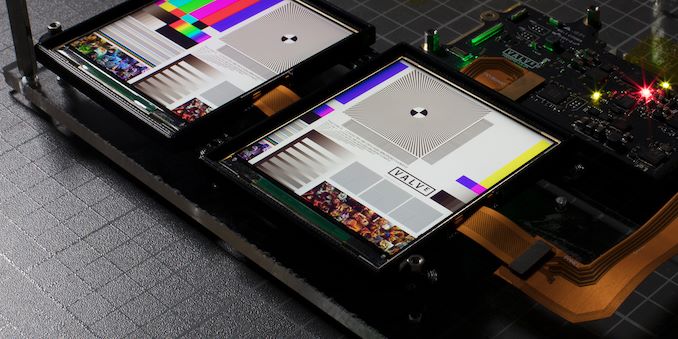
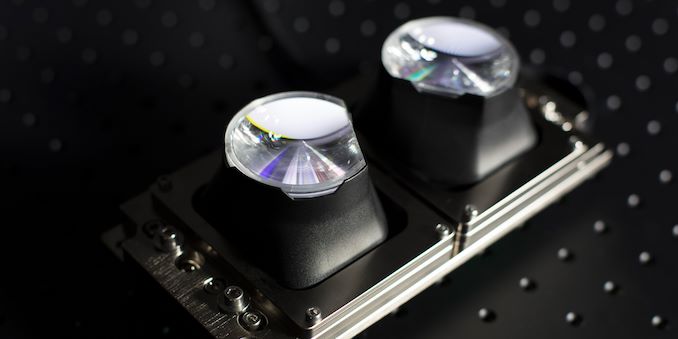
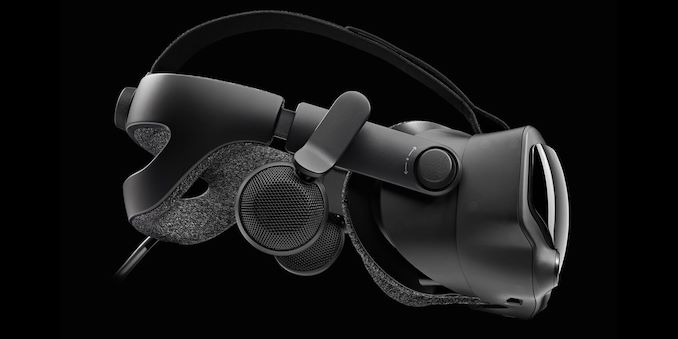
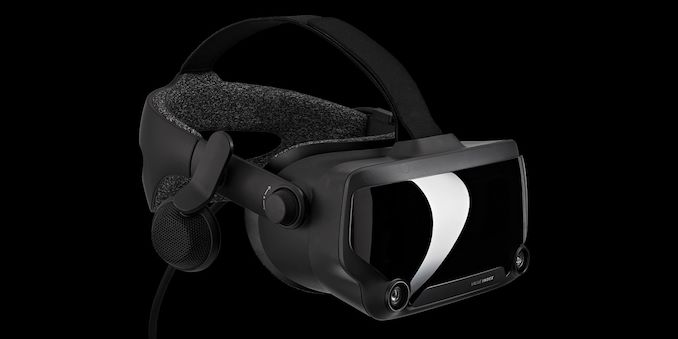
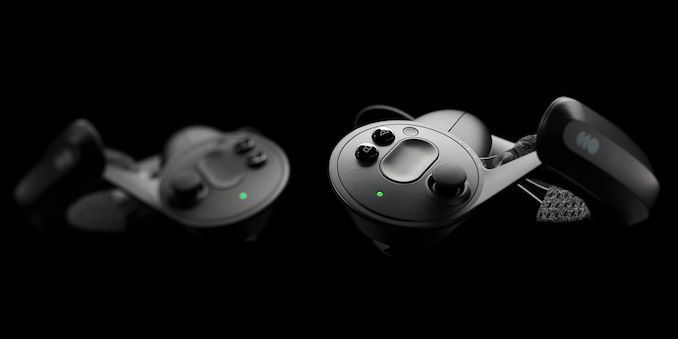
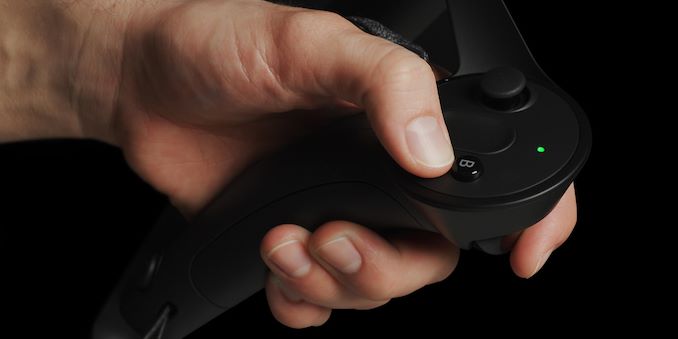
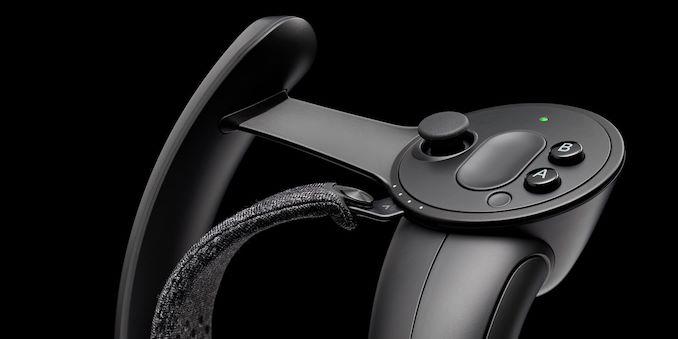








55 Comments
View All Comments
Meteor2 - Thursday, May 2, 2019 - link
WiGig?oddity1234 - Thursday, May 2, 2019 - link
At these resolutions and refresh rates, low-latency wireless already exists and works well (google "Vive Pro wireless" if you don't believe me). For higher resolutions, there's foveated compression to reduce the required bandwidth.mode_13h - Thursday, May 2, 2019 - link
AMD demo'd VR over standard 5 GHz wifi. Supposedly, it's pretty decent. My guess is they're doing some sort of ATW in the HMD, itself. If so, that can hide a lot of latency.https://www.tomshardware.com/news/amd-radeon-reliv...
Imagine how much better it'd be, if you didn't have to traverse a whole wifi stack, but instead had a purpose-built wireless connection integrated directly into the GPU.
PeachNCream - Thursday, May 2, 2019 - link
Facebook has already figured out that the market for VR headsets has run out of Steam (see what I did there?). Old Zuckster even dropped that deuce last time he talked company finances -- covering the fact that buying up Occulus was a mistake and that VR wasn't going anywhere. Instead Facebook is putting most of that development on the back burner in favor of entering a holding pattern while technologies improve so it too can creep out people in the same way Alphabet did with Google Glass. It looks like Valve has to learn the hard way this time around just like it did with it's dressed up Linux OS and PCs too. I suppose it'll take a few more companies sinking money into R&D to make things no one buys before everybody gets off the VR train at the next station.DigitalFreak - Thursday, May 2, 2019 - link
That was EpicOpencg - Thursday, May 2, 2019 - link
I agree. I love vr but there just arent enough games. No way I'm going to pay $1000 considering I already have a rift. And those controllers... exactly how many people are going to own a pair and how will that justify any development of games that actually use them???PeachNCream - Friday, May 3, 2019 - link
Agreed, the idea of VR is interesting, but the limitations (costs included) result in slow adoption and a lack of software support. We aren't there yet. Someday we will be, but I don't think this latest attempt has all of the necessary elements for success.Yojimbo - Saturday, May 4, 2019 - link
I don't know what Zuckerberg has said in the last few years, and you haven't linked to anything, but back in 2015 he sent an email saying: "Our vision is that VR / AR will be the next major computing platform after mobile in about 10 years." So, he, unlike most millennials seems to be thinking more than 1 or 2 years down the road. And he, in 2015, did not expect VR / AR to have taken over by now, 2019.I think what Facebook has realized is that better display technology is necessary to make VR a success. It needs to have full or nearly full field of view, eye tracking, and some way of dealing with vergence-accomodation conflict. They canceled their next-generation hardware that didn't deal with the key issues holding the platform back and will come out with something that does. Eventually, all the technologies will come together to make VR a complete experience: display technology, accurate physics and acoustics, accurate rendering technology (use of ray tracing), sufficient processing power, accurate tracking of representation of users' bodies and faces, user input, and developer savvy with hiding the limitations and taking advantage of things that work. But it will take years to happen. It is an intimate interface between a virtual world and human psychology, what do you expect?
willis936 - Thursday, May 2, 2019 - link
Will it have fans? Sweat is a real problem. Also will the lower contrast ratio and longer response time by switching to LCD be an issue?Opencg - Thursday, May 2, 2019 - link
yeah fans would also solve the lenses fogging when the headset is not yet warmed up from its IR emitters. i would also reccomend the removeable (and washable) cloth facial interface replacements. its just way more comfortable than that foam sweat sponge that the rift comes with.